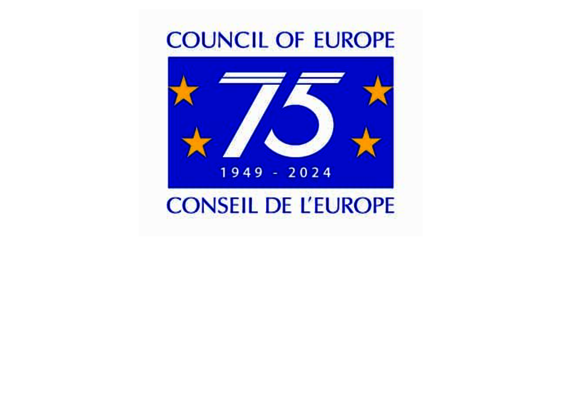Since 2015, 18 November has marked the European Day for the Protection of Children from Sexual Exploitation and Sexual Abuse. It was established by the Council of Europe to raise awareness of sexual exploitation and sexual violence against children and to promote effective prevention and protection measures. The day is an opportunity to shed some light on the subject and to break the silence that surrounds it. This year, the European Day for the Protection of Children against Sexual Exploitation and Sexual Abuse is being organised under the theme “Emerging Technologies: threats and opportunities for the protection of children from sexual exploitation and sexual abuse”.
The extent of sexualised violence against children is difficult to measure, as only a small proportion of acts are reported or otherwise documented. In a recent publication, UNICEF refers to the staggering number of cases worldwide. According to the report, women and girls in particular experience violence before the age of 18. Globally, more than 370 million girls and women have experienced sexualised violence. Boys and men are similarly affected, although the number of unreported cases remains very high for reasons of stigmatisation. The number of cases of sexualised violence is also high in Germany. The Independent Commission for the Investigation of Child Sexual Abuse recorded around 15,500 cases of sexualised violence in 2022.
Both the Council of Europe and the European Union have already taken significant steps to prevent sexualised violence against children and to prevent it through legislative measures. Central to this context are the Lanzarote Convention (2007) on the protection of children from sexual exploitation and sexual abuse and the European Union Directive 2011/93/EU on combating the sexual abuse and sexual exploitation of child pornography (2011). In order to adapt the directives to current developments, a recast was presented by the European Commission in February of this year. The aim was to encourage member states to update definitions and expand penalties for offences as well as prevention measures and support services for those affected. In addition, the European Commission intends to mitigate the growing problem of sexual violence on the internet by adopting the Regulation on preventing and combating child sexual abuse (2022). To this end, the draft also provides for the detection and reporting of depictions of sexual violence against children on online platforms or grooming. Due to the unresolved settlements of the member states in the European Council on this draft, it has not yet been possible to initiate an agreement process between the European Commission, the European Parliament and the European Council (so-called trialogue). In particular, differing views on the scope and depth of the rights to intervene in service users communications are critical for the ongoing discussions in the European Council.
Against the backdrop of the ongoing legislative process, the Stiftung Digitale Chancen (Digital Opportunities Foundation) and 72 other European organisations are calling on European legislators to take prompt decisions in order to effectively combat sexual violence against children. They point out that one in five children in Europe is already affected by sexual violence and that known attempts by adults to gain the trust of children online in order to sexually exploit them (grooming) have risen by 300 per cent in the past three years. The joint letter can be read here.
By focusing on sexualised violence against children in digital environments, this year's aim is to raise awareness of the fact that children and young people are increasingly exposed to the risk of sexual violence through the misuse of digital technologies. In addition to grooming and unwanted confrontation with depictions of sexual violence, more recent phenomena such as sextortion show that the development of one's own sexual identity online is also being exploited by perpetrators to harm young people. Supposedly intimate relationships are initiated in order to blackmail children and young people with erotic or sexually explicit images that they have created and shared themselves. The non-consensual dissemination of such images among young people also poses an increasing risk of sexual violence online.
With its work, the Stiftung Digitale Chancen helps to raise awareness of sexual exploitation and sexualised violence in the digital world and to promote prevention and protection measures. For example, the foundation is engaged in both the National Council against Sexual Violence against Children and Young People and the Alliance against Sexual Violence on the Internet. It also positions itself in ongoing proceedings to prevent and combat sexual violence against children online and contributes to consultations from a children's rights perspective. This was most recently the case during the state visit of the United Nations Special Rapporteur on the sale of children and child prostitution in October 2023.

